Where in Europe does Wilderness still exist?
I have asked recently several friends where they think Wilderness still exists in Europe.
One of them told me that Wilderness is for sure in the northern part of Europe, e.g. Lapland or Nordkalotten and added that this is the area quite sparsely populated and large.
He is of the opinion that northern Europe has solitude and one can hike for weeks without meeting humans. This believe is most likely shared by many and the tourist image of Scandinavia is certainly wild.
Countries like Norway and Sweden supported this belief using marketing arguments that Scandinavian mountains are very wild.
Regardless how wild some believe these areas are, reality differs sometimes quite considerably. In Finland for example the Sami people leaving in those areas have done reindeer herding for centuries, lately even using snowmobiles and helicopters. Most visitors won’t notice the effects on vegetation (but biologists certainly do). The most visible and annoying effect are probably the tracks from the quads the Sami use in their reindeer herding. In addition the continued hunting of has led to a lack of predators and therefore upsetting the ecosystem. In Sweden and Norway, regardless how wild the area seem to be, hunting is prevalent and a real challenge for nature conservation due to its negative impact on the ecosystem. All Scandinavian countries therefore have gigantic difficulties meeting the most basic Wilderness non-extractive use and non-intervention criteria.
A friend more familiar with Central Europe immediately mentioned the Białowieża Forest, a remnant of a previously vast primeval forest. A short look at Google however revealed that this area is permanently under the attack of the logging industry for the last hundred and more years. So my friend at the end was not very sure if it fits to the European Wilderness Quality Standard.
A girl from Slovakia was actually quite pessimistic after walking and hiking through many protected areas such as Tatra National Park or part of the Biosphere Reserve Poloniny National Park. However after a long discussion she admitted that despite all these enormous pressures, Wilderness in Slovakia has still very excellent potential areas worth to protect to eventually maybe become a member of the European Wilderness Network.
Another friend even more familiar with Central Europe immediately mentioned areas which have made a long-term decision and sophisticated planning process for the past 20 years in implementing Wilderness management concepts such as Kalkalpen Wilderness, Hohe Tauern Wilderness and several other areas in Ukraine.
Besides this personal belief where Wilderness still exists in Europe, a scientific research group where we were part of, identified more than 500 potential Wilderness areas all across Europe.
Conclusion of this discussion was that despite the long-long history of this small continent, Europe has lots of Wilderness, small, maybe fragmented, maybe under the permanent attack of the logging industry. What is very astonishing is that more and more people (and particularly young ones) believe that Wilderness is an important part of our European heritage and should be protected.

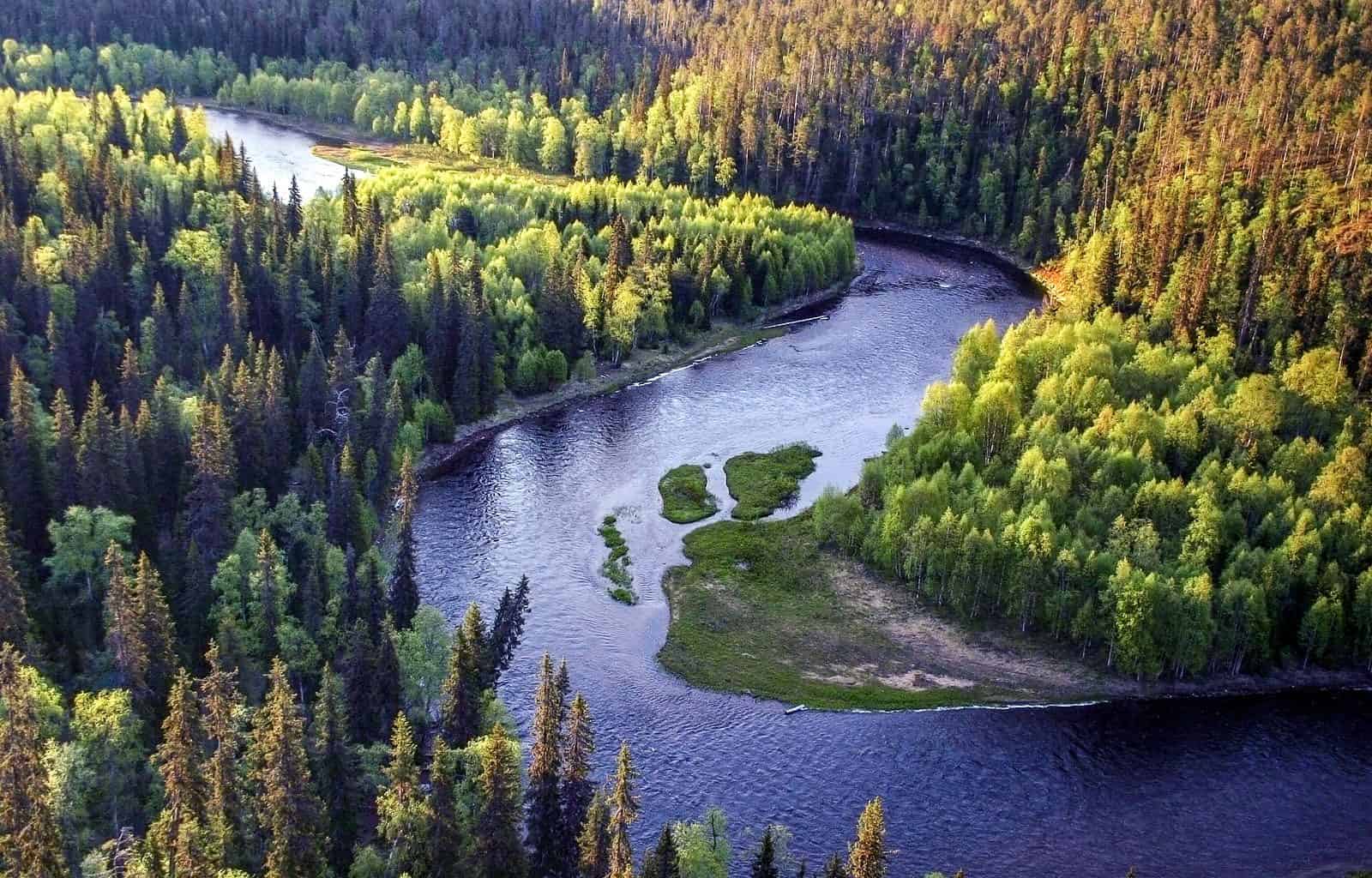
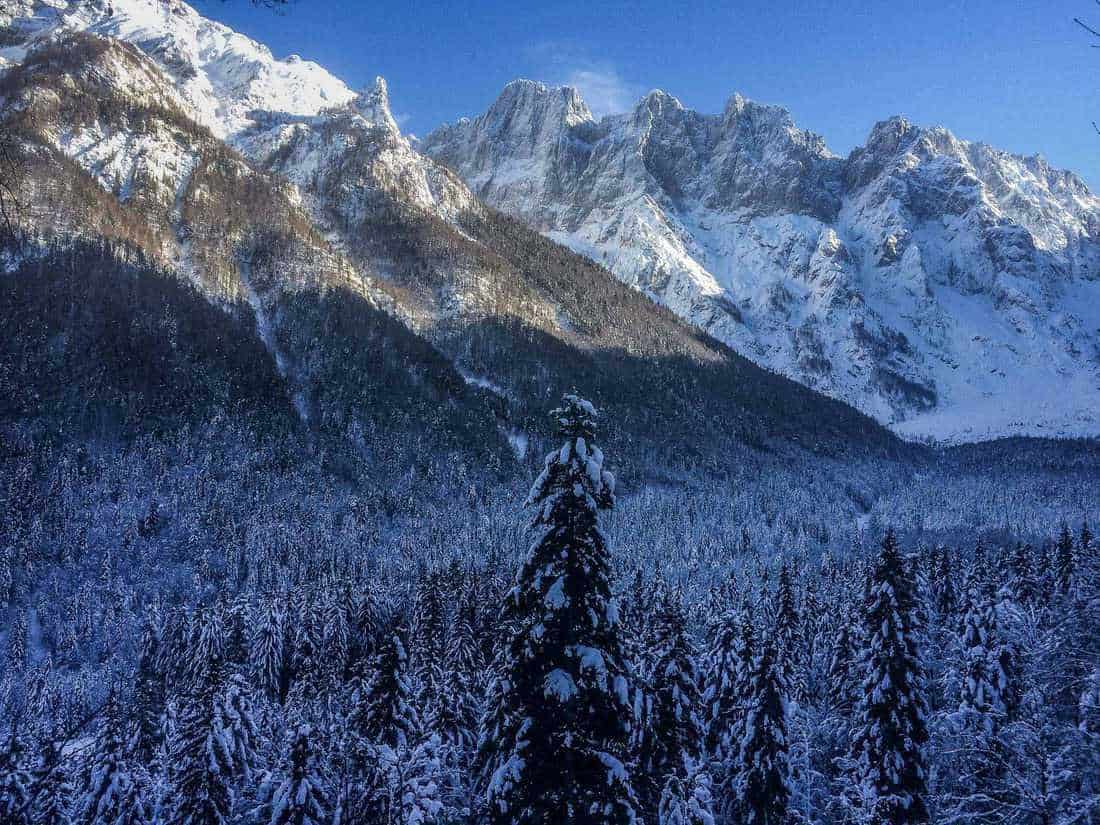

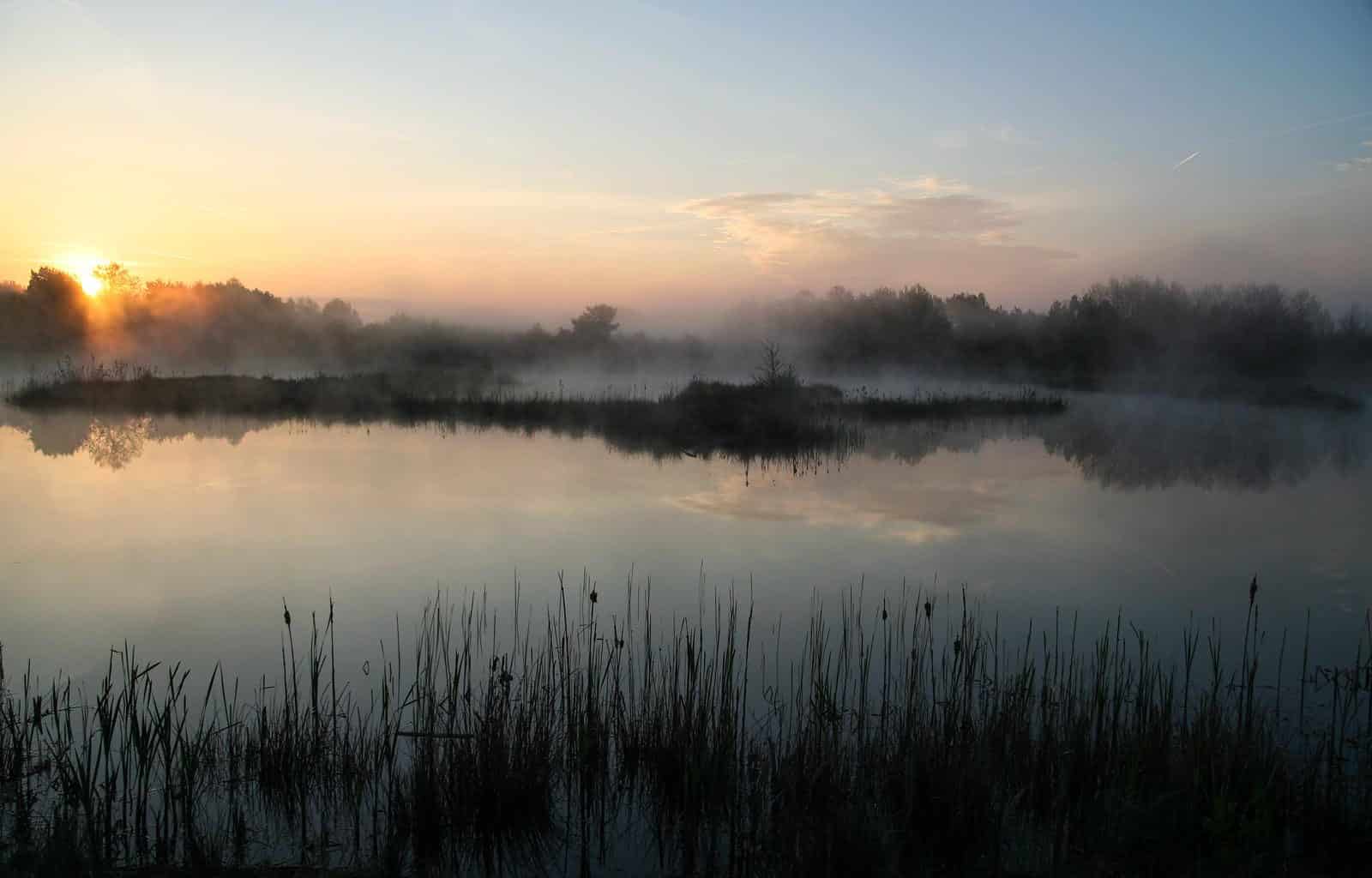
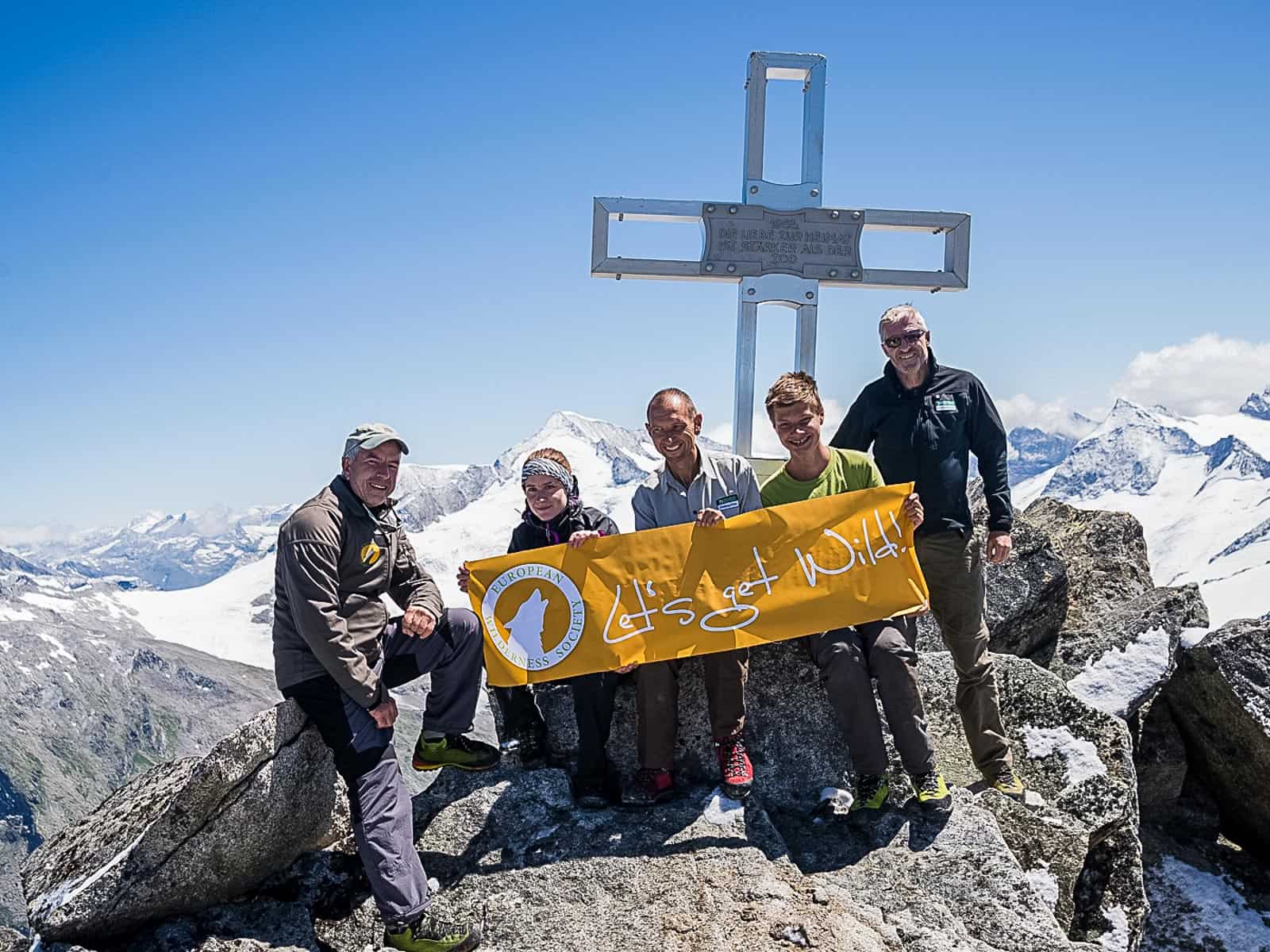
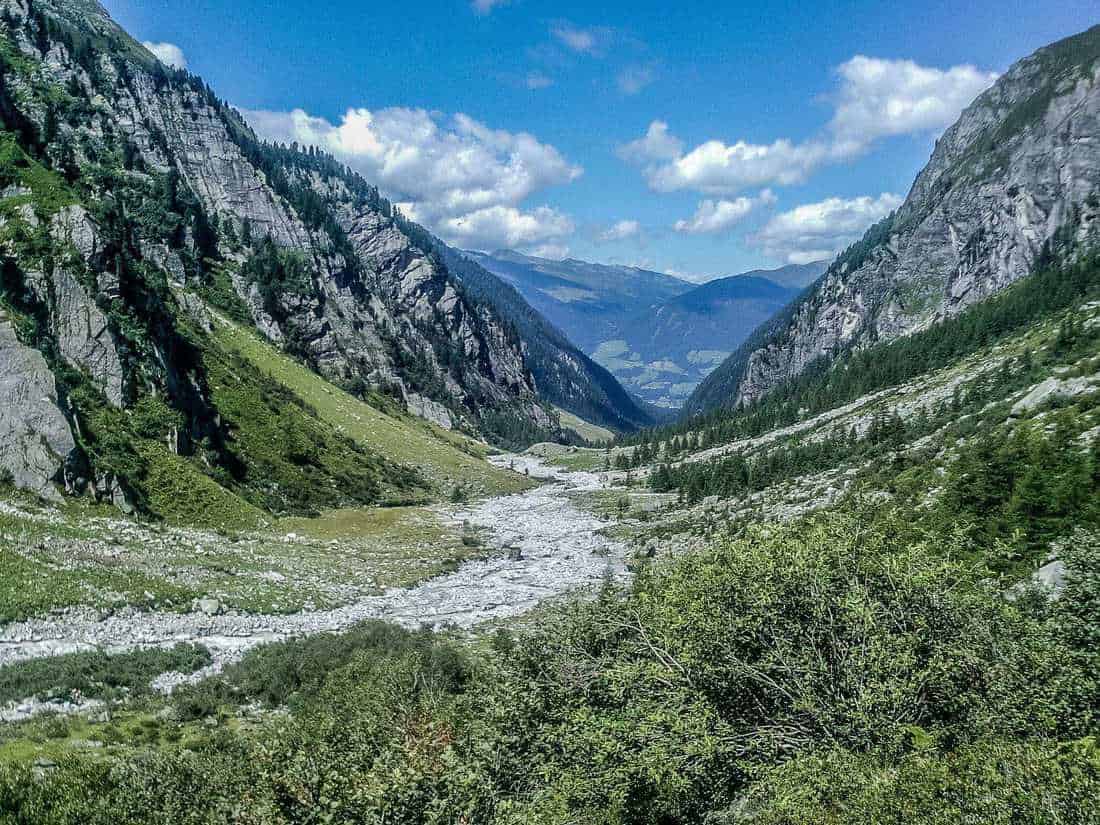
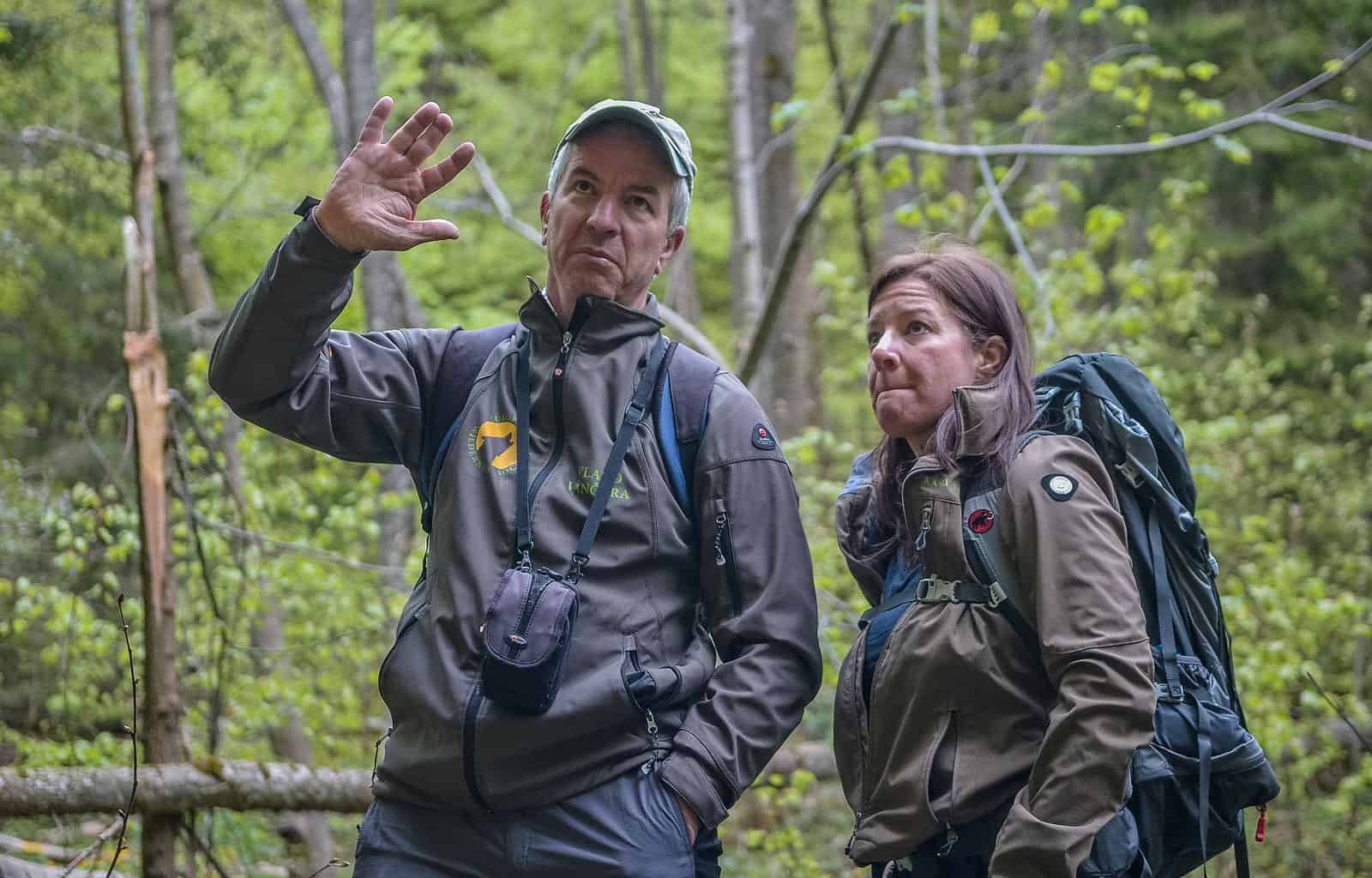
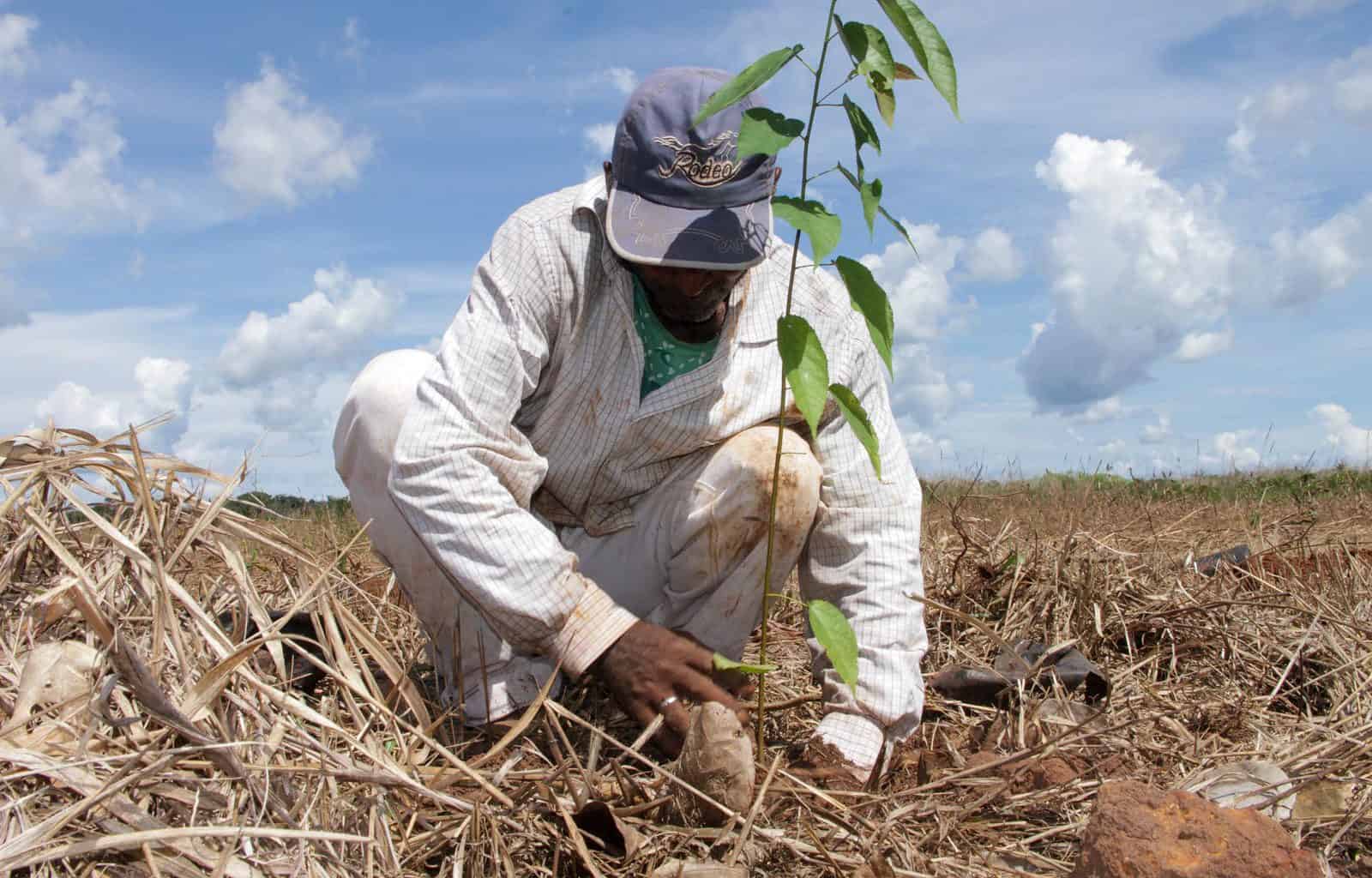
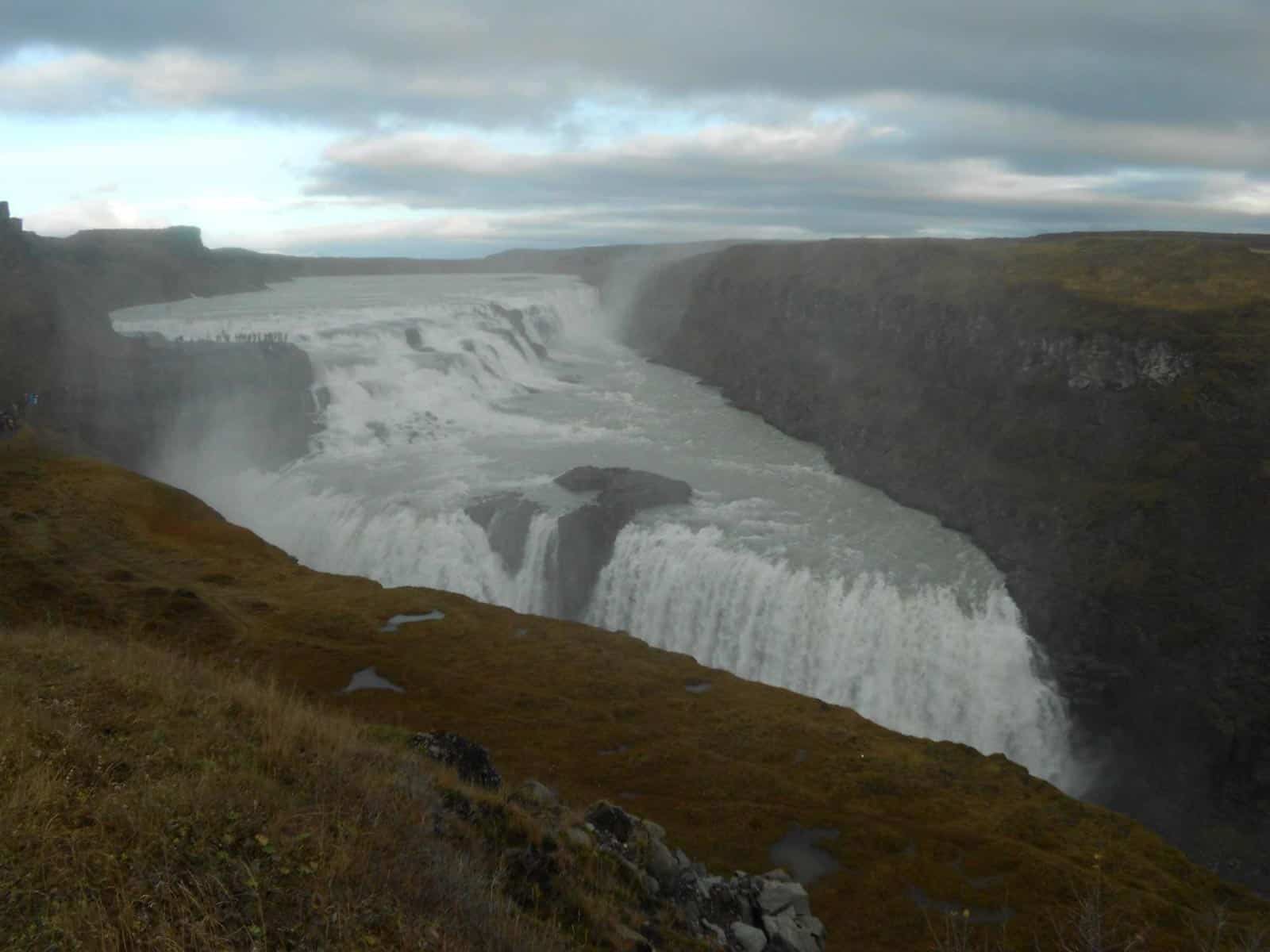
Romania despite of continuous logging pressure is in our focus. We have several good contacts cooperating with us already for several years. Nevertheless, we will welcome any suggestion where to focus our capacity and identify new potential Wilderness.
Romania holds 65% of the EU’s remaining temperate virgin forests, despite logging pressure, this is where you should look for Europe’s untouched wilderness.